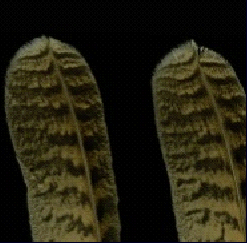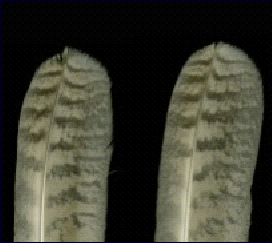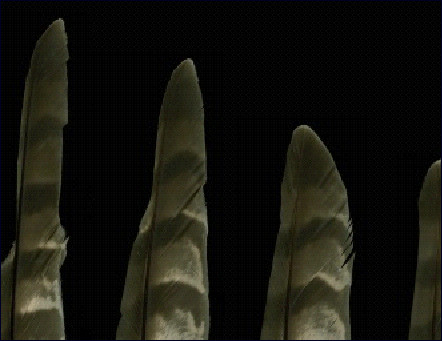







Croatian Association of Falconry
Introduction
 USC – Udruga Sokolarski Centar
USC – Udruga Sokolarski CentarŠkugori bb, 22000 Šibenik, Croatia
Tel: +385 (0)91 506 7610
sokolarski.centar@gmail.com
Website
"Annually, more than 150 injured, wounded, sick or starved wild birds pass through our centre. Due to the absence of professional veterinary care for wildlife, through independent initiative in 2009, the Falconry Centre became the first and only veterinary service for wild animals in Croatia. Also, due to the fact the deceased specimens received provided abundant information regarding the state of the environment in which the specimen both lived and died and by virtue of several donations, our centre became the first wildlife forensic laboratory not only in Croatia, but also in this part of the world. After only a year of continuous experiments, our centre has already vastly improved its knowledge regarding the influence of the environment on the life of birds of prey. The great number of specimens received in our centre influenced our work in the wildlife forensics department and our centre began work with DNA sampling and has created the first bird of prey DNA database in Croatia. In the year 2012 our centre collaborated with EPSON and received a donation in the form of a professional scanner. This donation enabled our centre to digitalize the existing “bank” of feathers accumulated over the years, thus improving both the scientific and the forensic dimension of our wildlife laboratory. Hopefully, after several years, our centre will have scanned a sufficient amount of feathers in order to successfully establish a digital feather bank."
Methods and materials
Before scanning, each feather is cleaned with soap solution, dusted in laminar flow cabinet and UV sterilized. The feathers are scanned separately using the Epson Expression 10000XL scanner and SilverFast and subsequently archived. All feathers are each digitized without the use of adhesives and then also archived in their physical. Therefore, the background of the image often must be edited with Photoshop. Photoshop is also used to remove unnecessary shadows that can occur when scanning three-dimensional objects and that could make it difficult for the viewer to determine certain details of the feather. In addition to the scanning of individual feathers, also an overall image of the plumage is created to show primary, secondary and tail feathers together. An image of the dorsal (top) view of the feather is usually accompanied by a ventral (bottom) view to show the clear differences with respect to pattern and color of both feather sides.
 Dorsal view of European eagle owl tail feathers
Dorsal view of European eagle owl tail feathers
|
 Ventral view of European eagle owl tail feathers
Ventral view of European eagle owl tail feathers
|
All images have been created using an Epson Expression 10000XL scanner and SilverFast software by LaserSoft Imaging, at a high resolution of 800 dpi and at a 48 BIT colour depth. The original scan files are archived in the wildlife forensic laboratory of the Falconry Centre Association. The program Adobe Photoshop CS5 is used to prepare copies of the original scans for the Falconry Centre Association website.

- information regarding the feather (feather type - primary, secondary, tail; view - dorsal or ventral; measurement of feather length in centimeters)
- information regarding the bird (name of the species both in English and Latin; age - immature, adult, unknown; sex - male, female, unknown)
- accession number in the wildlife forensic laboratory collection of the Falconry Centre Association.
 English
English Deutsch
Deutsch Français
Français Italiano
Italiano 日本語
日本語 Español
Español Português
Português Russian
Russian Chinese (Simp.)
Chinese (Simp.) Tchèque
Tchèque Polonais (seulement boutique)
Polonais (seulement boutique)